A newly revealed iPhone prototype from early 2005 shows a device very different from the final shipping product, with a 5-by-7-inch display nearly 2 inches thick frame much closer to the size of an iPad.
A prototype Apple device that eventually led to the creation of the iPhone, via Ars Technica.
The development-only prototype, revealed on Monday by Jacqui Cheng of Ars Technica, also featured a number of ports, including USB, serial and even a full-fledged Ethernet connection. The images of the device were revealed by a former Apple employee who saw some of the earliest iPhone prototypes.
While Monday's post refers to the device as an iPhone prototype, late Apple co-founder Steve Jobs himself revealed in 2010 that his company actually started work on a tablet before it eventually became the iPhone. The larger display size of the prototype hardware would suggest this may have actually been intended as a tablet-style device.
"I'll tell you a secret: It actually started with a tablet first," Jobs said at the AllThingsD conference. "I had this idea about having a glass display, a multitouch display you could type on with your fingers. I asked our folks, could we come up with a multitouch display that we could type on? And six months later they came back with this prototype display."
While Apple decided the time was not right for a tablet, the technology they had developed in prototyping the device, particularly touchscreen scrolling, prompted the company to begin pushing toward building a smartphone. The first-generation iPhone eventually arrived in 2007.
The source who provided pictures of the previously unseen prototype to Ars said that "at that early date, no one knew" what the final product would actually become. And while 7 years later it may seem like a bulky relic, the source said that at the time it was an impressive piece of hardware.
"At the time it was really impressive seeing basically a version of OS X running on it," they said.
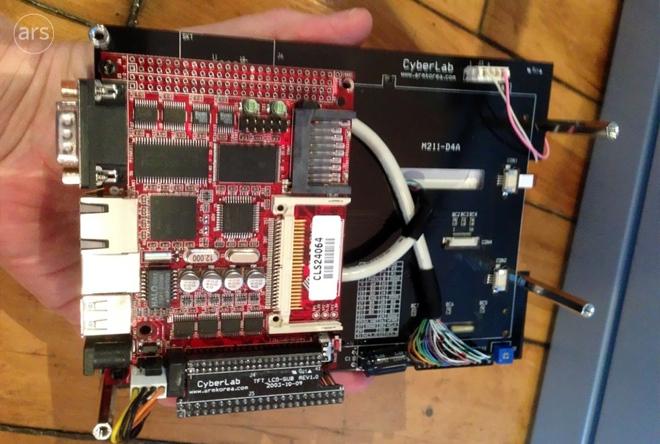
The logic board onApple's touchscreen prototype looks more like a PC than a smartphone. Via Ars Technica.
The prototype features a Samsung-built ARM A9 chip clocked at between 200 and 233 megahertz. The Samsung ARM11 chip that would eventually ship in the first iPhone had a clock speed twice that.
The prototype revealed on Monday is one of the earliest functioning units ever seen outside of Apple's top secret Cupertino, Calif., campus. The company was forced to publicly disclose a number of prototype devices last year in its ongoing patent infringement litigation with Samsung.
 Neil Hughes
Neil Hughes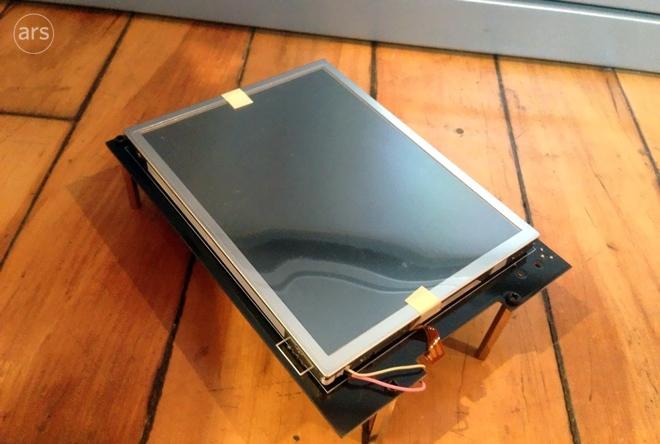
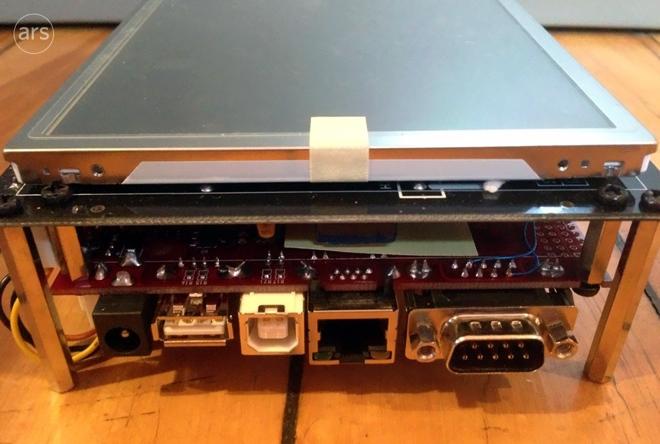


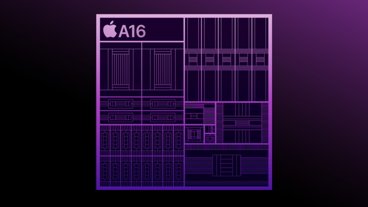
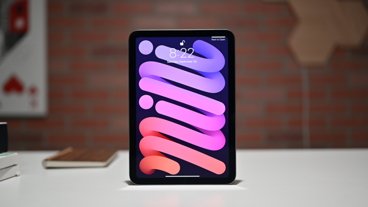



-m.jpg)





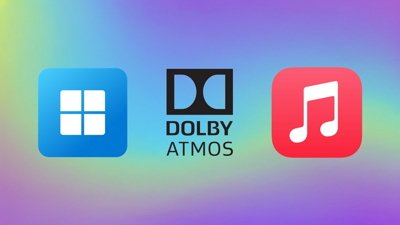
 Amber Neely
Amber Neely
 Mike Wuerthele
Mike Wuerthele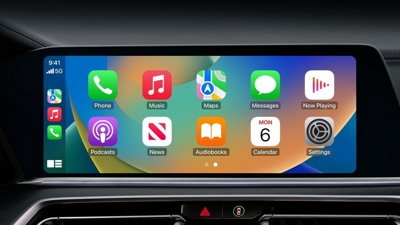
 William Gallagher
William Gallagher


 Andrew Orr
Andrew Orr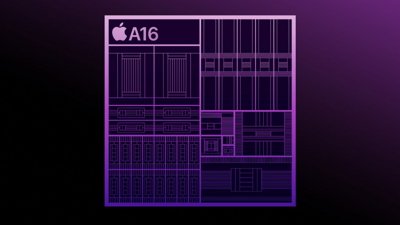
 Wesley Hilliard
Wesley Hilliard






40 Comments
Thats awesome!
Or it could be an ARM reference design. Either
Looks like a pretty standard development prototype. The only interesting part is that they tried to make it all fit behind the display. Usually you see these things as large boards with the display mounted to the board. It was obviously critical for them to also use it as a proof of concept as a "hand-held" form factor to validate the user experience prototypes.
I understand why they don't show much of their old prototypes, but it would be nice to see more. :)
Well...5x7 might be a tad too large. However, after playing with my wife's Note 2, I'm convinced that a 5" - 5.5" iPhone would be the perfect phone.
After playing with her phone, I'm very glad I bought an iPhone 5. I just wish the screen were as big as her Note 2.
Cool. I can't wait to see Samsung release a phone that's 5 x 7 and 3 inches thick - with everything from USB and CF to parallel ports. And then they'll brag about how innovative it is and how it's nothing like Apple's prototype. And the normal Samsung shills here will brag about how the future is 5 x 7 phones and the whole market is going there and Apple will be left behind if they don't release one soon.